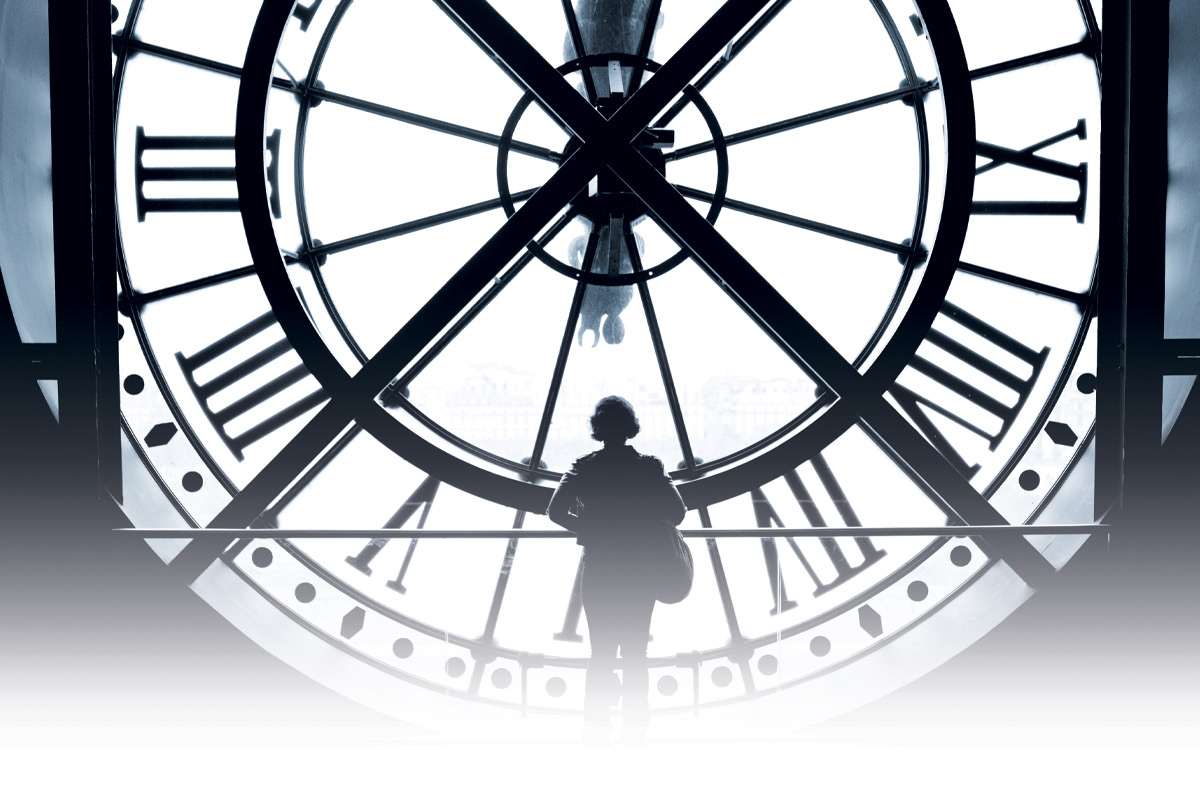

fter the U.S. Supreme Court’s Dobbs decision that effectively overturned Roe v. Wade, voters took to the polls in the 2022 midterm elections. They responded to ballot initiatives in Kansas, California, Kentucky, Michigan, Montana, and Vermont as a way to reinstate or restrict abortion access in their states.
Ballotpedia reported that California, Michigan, and Vermont passed measures providing for a state constitutional right to an abortion. Measures to restrict abortion rights, on the other hand failed in Kansas, Kentucky, and Montana.
These high-stakes initiatives attracted close attention and significant investment. In Michigan, voters set a midterm record for election turnout with 4.9 million voters. On one hand, Reproductive Freedom for All which led the abortion rights initiative, led the way with more than $43 million in cash contributions. Some of their top donors included the Sixteen Thirty Fund, the American Civil Liberties Union, and the Open Society Policy Center. On the other hand, more than $15 million of the $17 million raised by initiative opponents was funded by Citizens to Support Michigan Women & Children, organizations affiliated with the Catholic Church.
As a consequence, the abortion rights debate in Michigan pitted proponents and opponents as the left versus the right, secular versus the religious, or the liberal versus the conservative. But here comes the question: Should we view abortion as a preference or a principle?
In the book, Declaration of Interdependence (published in April 1975), Archbishop Agostino Caseroli, Secretary of the Council for Public Affairs of the Church, addressed the United Nations General Assembly and declared the Catholic Church an independent and sovereign power. Its sovereign power, he stated, is spiritual in nature and ultimately represents the “kingdom of conscience” for humanity. Roe v. Wade however, asserted Caseroli, refuted the Catholic Church’s authority as the “kingdom of conscience” leaving this issue of domain of personal autonomy and agency up to an individual.
Does the practice in personal choice in the case of abortion represent a threat to the church? Henry V. King, author of “Declares That Church Teaching on Abortion Underpins All Else” in The Wanderer, quoted former New York Cardinal John O’Connor. O’Connor stated, “The fact is that attacks on the Catholic Church’s stance on abortion—unless they are rebuffed—effectively erode Church authority in all matters, indeed on the authority of God Himself.”
Evaluating this statement suggests that liberty of conscience rests with the Catholic Church and not individuals.